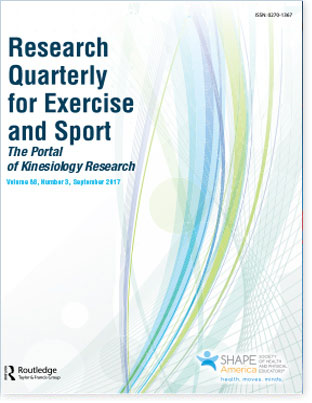 Participation in sport and physical activity is on the
rise, with an estimated 7.8 million and 482,533 studentathletes
participating in sport at the secondary school
and collegiate levels, respectively (Kucera, Yau,
Thomas, Wolff, & Cantu, 2016). These numbers, stemming
from the 2014 to 2015 academic year in the
United States, have nearly doubled in the last 40 years
(National Federation of State High School Associations,
2015a). Additionally, according to the 2017 U.S. labor
force statics (U.S. Department of Labor, 2017) and
National Defense Authorization Act (2016), there are
an estimated 1.2 million labor workers and approximately
2.9 million U.S. military personnel (i.e., active,
guard, reserve, and civilian). Combined, that number is
approximately 12.4 million individuals who are
involved in athletics, warfighting, and physical labor
and are exposed to strenuous workloads and intensities
that could potentially lead to suffering sudden death.
Participation in sport and physical activity is on the
rise, with an estimated 7.8 million and 482,533 studentathletes
participating in sport at the secondary school
and collegiate levels, respectively (Kucera, Yau,
Thomas, Wolff, & Cantu, 2016). These numbers, stemming
from the 2014 to 2015 academic year in the
United States, have nearly doubled in the last 40 years
(National Federation of State High School Associations,
2015a). Additionally, according to the 2017 U.S. labor
force statics (U.S. Department of Labor, 2017) and
National Defense Authorization Act (2016), there are
an estimated 1.2 million labor workers and approximately
2.9 million U.S. military personnel (i.e., active,
guard, reserve, and civilian). Combined, that number is
approximately 12.4 million individuals who are
involved in athletics, warfighting, and physical labor
and are exposed to strenuous workloads and intensities
that could potentially lead to suffering sudden death.
At the collegiate and secondary school levels during
2013 to 2014, there were a total of 92 catastrophic
injuries/illnesses, with the most common areas of the
body affected being the heart (46%), neck/cervical spine
(14%), and the head/brain (13%; Kucera et al., 2016).
Investigating the sport of football alone at the same
levels of participation, Boden, Breit, Beachler,
Williams, and Mueller (2013) broke down the causes
of 243 catastrophic deaths from 1990 to 2010 (Figure 1)
and found the leading causes of death to be cardiacrelated
(41%), head injuries (25%), and heat illness
(16%). In examining the warfighter, Eckhart et al.
(2004) investigated all nontraumatic deaths in the U.S.
military during a 25-year period and found out of 126
deaths, 108 (86%) were related to exercise, while identifiable
cardiac abnormalities (51%) were among the
top causes of death. Unfortunately, as physical activity
participation rates increase, so do the number of catastrophic
injuries; however, many of these cases of sudden
death could have been prevented and/or survivable
if current evidence-based best practices and guidelines
were followed (Andersen, Courson, Kleiner, & McLoda,
2002; Armstrong et al., 2007; Casa et al., 2000, 2012,
2013, 2015; Heck, Clarke, Peterson, Torg, & Weis, 2004;
Maron & Zipes, 2005).
With the enhancement of technology naturally
comes the enhancement of strategies to prevent sudden
death, leading to best-practice guidelines requiring regular
review and sometimes revision. Thus, this manuscript
will provide insight into some of the field’s most
pressing research questions regarding a multitude of
different topics and may potentially question the
norm on what truly are the best methods for preventing
sudden death in sport and physical activity.